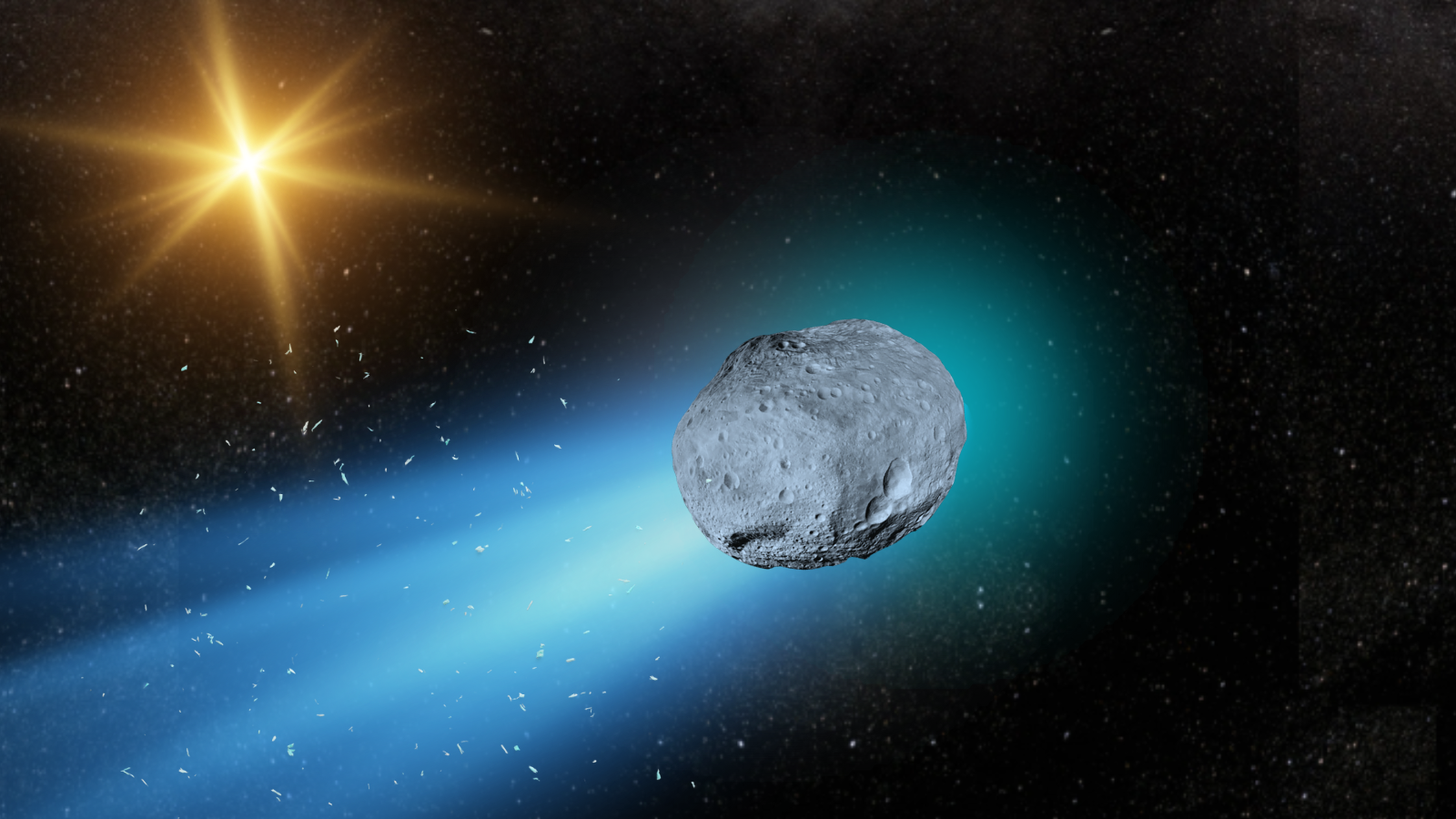Marvel Studios returns to Wakanda—this time through a bold, animated lens. Eyes of Wakanda, premiering August 1 on Disney+, is a four-part anthology series that unearths centuries of Wakandan history, lore, and legacy. Following the elite secret police force known as the Hatut Zeraze, the series spans time periods and continents as agents retrieve lost Vibranium artifacts from the enemies of Wakanda.
Directed and executive produced by longtime Marvel story artist Todd Harris, Eyes of Wakanda aims not just to revisit familiar territory but to radically expand it. From the painterly animation style to its ambitious narrative scope, the show is being heralded as the beginning of a new era for Marvel Animation—and the kickoff to Phase 6 of the Marvel Cinematic Universe (MCU).
A Vision Years in the Making
The story behind Eyes of Wakanda began long before the show ever hit a storyboard. Todd Harris, who worked on Thor: Ragnarok and Black Panther, originally pitched the concept during the production of Avengers: Infinity War. Although the MCU hadn’t yet embraced animation, Harris planted a seed that eventually took root with the support of Kevin Feige, Ryan Coogler, and Brad Winderbaum.
“There were a lot of different ideas and suggestions… but the core idea stayed the same,” Harris explains. “Real history meets Wakandans, each interaction teaching you something new about Wakanda and maybe something new about our collective past.”
Each episode explores a different era, beginning as far back as 1260 BC, when a disgraced former Dora Milaje named Noni (voiced by Winnie Harlow) is sent to hunt down a rogue agent, The Lion (voiced by Cress Williams). This personal quest spans continents and generations, tying each episode into a larger arc about loyalty, cultural preservation, and the moral complexities of power.
Expanding Wakanda’s Cultural Tapestry
While the Black Panther film introduced audiences to a rich Afrofuturist vision, Eyes of Wakanda goes deeper—literally and figuratively. The animated format gives Harris and his team the freedom to “hopscotch through time,” showcasing how Wakanda’s technology, traditions, and people have evolved across millennia.
“The premise of the show is, ‘What’s the kind of culture that builds the Black Panther?’” Harris explains. “Wakanda is a 3,000-year-old society. Everyone, from generals to everyday citizens, believes in a mission bigger than themselves.”
That mission centers on preserving Wakanda’s identity and technology while preventing its misuse. The Hatut Zeraze are the keepers of that legacy—agents trained not just to fight, but to sacrifice, adapt, and outlast.
A Unique Visual Language
In a landscape crowded with CG animation, Eyes of Wakanda stands apart with its handmade feel and painterly texture. Drawing inspiration from artists like Ernie Barnes, Dean Cornwell, and Charles Bibbs, the show’s design is expressive, emotional, and deeply rooted in African diasporic art traditions.
“There’s strong composition, dramatic posing, and stark color design,” says Harris. “We never consciously tried to adhere to any ‘house look.’ At Marvel Animation, we’re encouraged to find a voice that fits the story.”
That creative freedom extends to the animation pipeline as well. Each Marvel animated series operates in its own production ecosystem, and Eyes of Wakanda is no exception. From historical research to stylistic experimentation, every element is tailored to the show’s unique vision.
A Cast Fit for Royalty
The series boasts a stellar voice cast, blending established talent and fresh faces. Alongside Harlow and Williams, the lineup includes Lynn Whitfield, Anika Noni Rose, Steve Toussaint, Gary Anthony Williams, Jacques Colimon, and more.
Each episode introduces new characters and dilemmas, yet all threads lead back to a single idea: Wakanda’s greatness lies not just in its king or its Vibranium—but in its people’s enduring spirit and wisdom.
With Eyes of Wakanda, Marvel deepens the world first imagined in Black Panther—not by focusing on heroes in suits, but by illuminating the legacy that makes those heroes possible.
Conclusion
As Eyes of Wakanda launches Marvel Animation into Phase 6, it does more than entertain—it educates, honors, and reimagines. For longtime MCU fans and newcomers alike, this series is a must-watch event that promises to reshape how we understand Wakanda’s place in the Marvel Universe.
Whether you’re drawn by the stunning visuals, the rich historical setting, or the compelling new characters, Eyes of Wakanda is a bold leap forward—and a worthy successor to the Black Panther legacy.
Catch all four episodes exclusively on Disney+ starting August 1.




